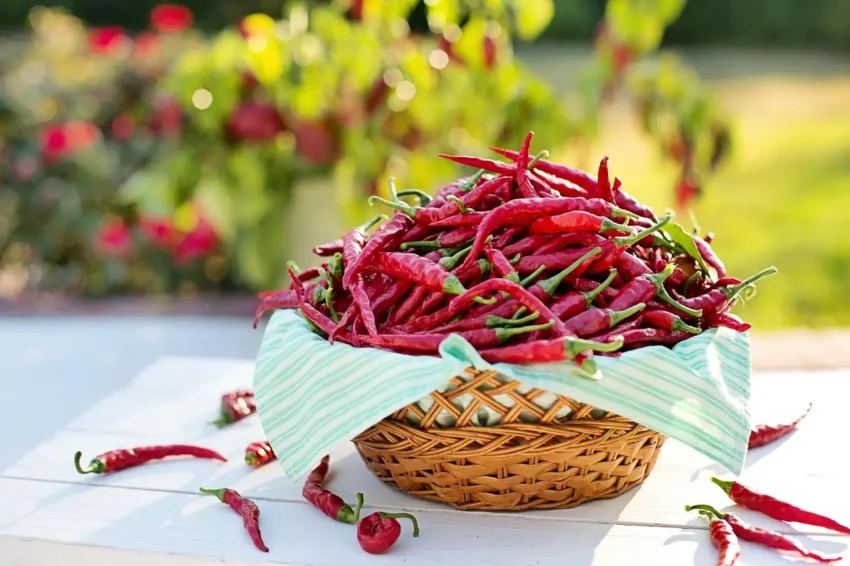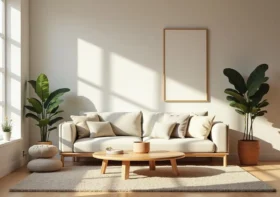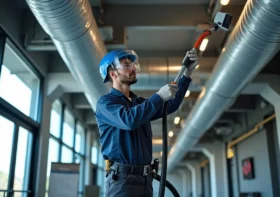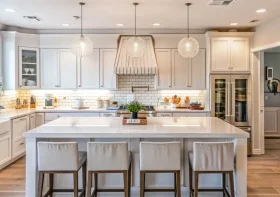Financial Priorities When Designing an Outdoor Cooking Area

Creating an outdoor cooking area is one of the most enjoyable ways to enhance your home and lifestyle. It provides a versatile space for entertaining, family meals, and even relaxing weeknight dinners. Like any home improvement project, building such a space requires careful financial planning. Without a clear strategy, it’s easy to overspend or miss key features that maximize both enjoyment and value.
Establishing financial priorities helps homeowners allocate resources wisely, ensuring that the final space is both functional and cost-effective. From choosing the right equipment to considering long-term maintenance, balancing budget with vision is the key to creating a durable and satisfying outdoor cooking environment.
Contents
Setting a Realistic Budget
The first financial step is establishing a realistic budget. Outdoor kitchens can vary significantly in cost depending on size, materials, and features. A simple setup with a grill and prep table may cost a few thousand dollars, while a fully equipped outdoor kitchen with high-end appliances, plumbing, and custom cabinetry could run well into the tens of thousands.
Budgeting isn’t just about identifying the maximum spend, it’s about prioritizing essentials. Homeowners should ask themselves: What features are must-haves, and which can be added later as funds allow? By defining non-negotiables early on, you avoid costly changes or compromises during construction. A clear budget provides guidance when choosing between competing design options.
Deciding on Custom or Prefabricated Designs
One of the biggest cost considerations is whether to go with prefabricated modules or custom designs.
Prefabricated outdoor kitchen units are often more affordable and quicker to install, but they may not perfectly match your space or style. In contrast, bespoke alfresco cooking spaces and similar options are tailored to your exact needs, offering greater design freedom and seamless integration with your home’s architecture. Custom designs typically come with higher upfront costs, but they can deliver better long-term value by maximizing efficiency and aesthetic appeal.
For homeowners who plan to entertain frequently or want their outdoor kitchen to serve as a central gathering place, investing in a customized setup can be worthwhile. Prefabricated options, on the other hand, may suit those seeking a functional yet budget-conscious solution.
Prioritizing Appliances and Equipment
When planning expenses, appliances often take up a significant portion of the budget. The choice between gas, charcoal, or hybrid grills, along with add-ons like pizza ovens, smokers, or side burners, will largely define the cooking experience. It’s worth investing in durable, high-quality appliances that will withstand outdoor conditions and heavy use.
Homeowners should consider refrigeration units, sinks, and storage options. While these may not be crucial at the start, they significantly increase convenience and functionality. Prioritizing appliances that align with your cooking style ensures that the money you spend directly enhances the way you use the space.
Choosing Durable Materials
Outdoor cooking areas are exposed to weather, temperature fluctuations, and constant use, so materials play a crucial role in both durability and cost. Stainless steel is a popular choice for appliances and cabinetry because of its resilience and ease of maintenance. For countertops, granite, concrete, and tile offer varying price points and durability levels.
Spending more on weather-resistant materials upfront can save money in the long run by reducing the need for frequent repairs or replacements. Choosing low-maintenance finishes helps keep ongoing costs manageable, allowing homeowners to enjoy their space without constant upkeep.
Factoring in Utilities and Infrastructure
Beyond appliances and materials, utility connections can represent a major expense. Running gas lines, installing plumbing for sinks, or adding electrical outlets for lighting and appliances all add to the project’s cost. These investments significantly enhance usability.
Homeowners should work with licensed professionals to ensure safe, code-compliant installations. While infrastructure costs can seem high, they are foundational to creating a fully functional space. Cutting corners here often results in higher expenses down the road due to repairs or inefficiencies.
Planning for Long-Term Maintenance and Value
Financial planning should include considerations for long-term maintenance. Even the best-built outdoor kitchens require periodic cleaning, sealing, and equipment upkeep. Setting aside a portion of the budget for future care ensures the space remains inviting and functional for years to come.
Homeowners should think about return on investment. Outdoor kitchens can increase property value, particularly when designed with durable materials and popular features. By balancing aesthetics with practicality, you create a space that enhances daily living and appeals to potential buyers if you ever decide to sell.
Designing an outdoor cooking area is an exciting project, but it requires careful financial prioritization to get the best results. By setting a realistic budget, choosing between prefabricated and custom designs, and investing wisely in appliances, materials, and infrastructure, homeowners can create a space that balances function, beauty, and durability.
With thoughtful planning, your outdoor kitchen can become a valuable extension of your home, providing years of enjoyment, convenience, and lasting value.



